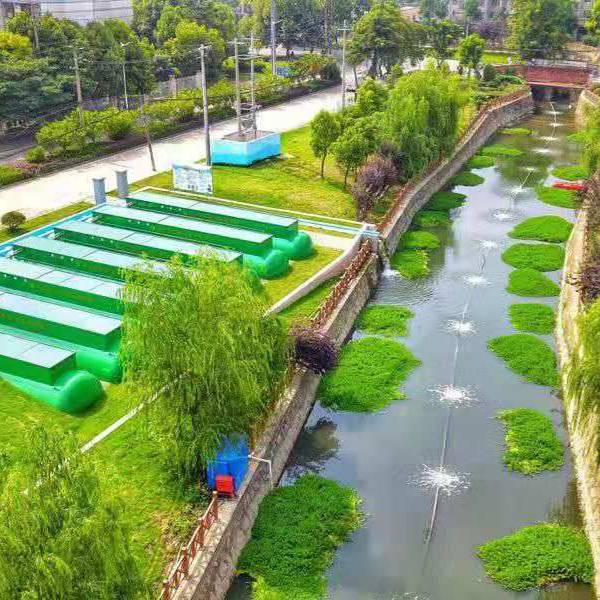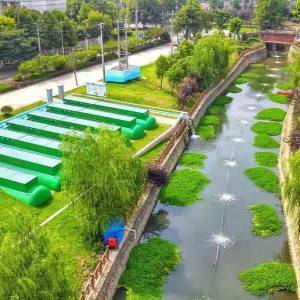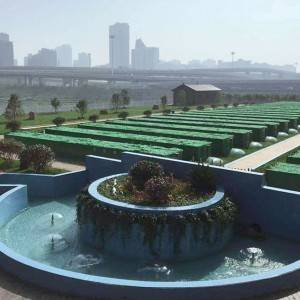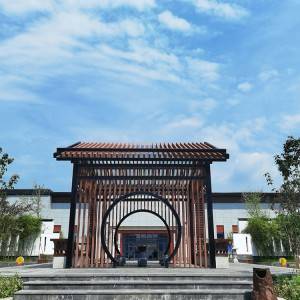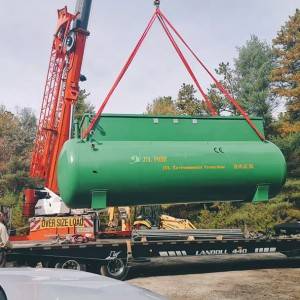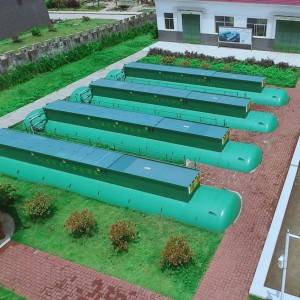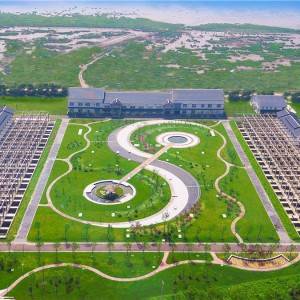Wuhu City, China
Location: Wuhu City, China
Time: 2019
Treatment Capacity: 16,100 m3/d
WWTP Type: Decentralized Integrated FMBR Equipment WWTPs
Process: Raw Wastewater→ Pretreatment→ FMBR→ Effluen6
Project Brief:
The project adopted FMBR technology the decentralized treatment idea of “Collect, Treat and Reuse On-site “. The overall capacity of the project is 16,100 m3/d. At present, 3 WWTPs have been set up. The treated water replenishes the river on-site after treatment, which mitigates the current status of river pollution.
FMBR technology is a sewage treatment technology independently developed by JDL.The FMBR is a biological wastewater treatment process that removes carbon,nitrogen and phosphorus simultaneously in a single reactor.Emissions effectively solve the “neighboring effect”. FMBR successfully activated the decentralized application mode, and is widely used in municipal sewage treatment, rural decentralized sewage treatment, watershed remediation, etc.
FMBR is the abbreviation for facultative membrane bioreactor. FMBR uses the characteristic microorganism to create a facultative environment and form a food chain, creatively achieving low organic sludge discharge and simultaneous degradation of pollutants. Due to the efficient separation effect of the membrane, the separation effect is far better than that of the traditional sedimentation tank, the treated effluent is extremely clear, and the suspended matter and turbidity are very low.
Characteristics Of FMBR:Simultaneous removal of organic carbon, nitrogen and phosphorus,
Less organic residual sludge discharging, Excellent discharge quality, Minimum chemical addition for N & P removal,Short construction period,Small footprint,Low cost/low energy consumption,
Reduce carbon emissions,Automated and unattended
The traditional wastewater treatment technology has many treatment processes, so it needs lots of tanks for the WWTPs, which makes the WWTPs a complicated structure with big footprint. Even for a small WWTPs, it also needs many tanks, which will lead to a relative higher construction cost. This is the so called “Scale Effect”. At the same time, the traditional wastewater treatment process will discharge a large number of sludge, and the odor is heavy, which means that the WWTPs can be built near the residential area. This is the so called “Not in My Backyard” problem.


